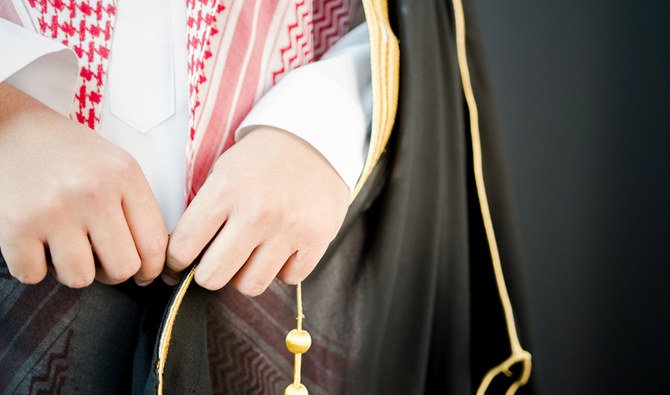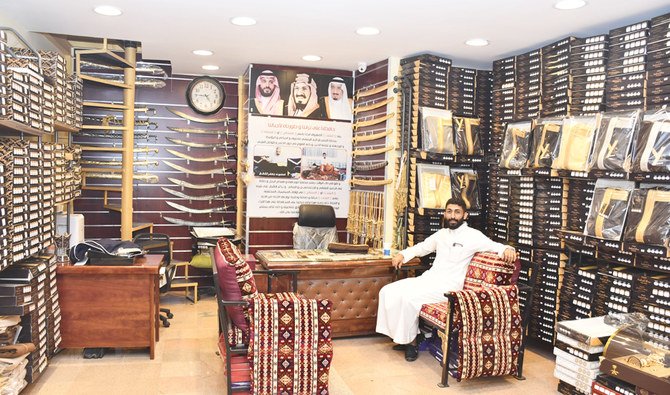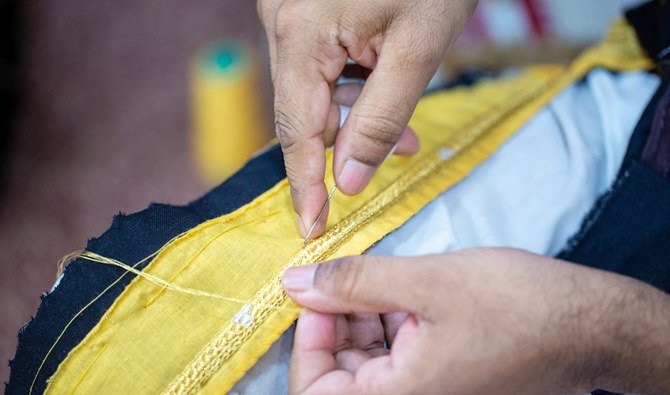





AL-AHSA: If you close your eyes and try to picture the average Saudi man, the chances are you imagine him in a thobe and a bisht. Also known as mishla, the bisht is a men’s cloak worn over a thobe — or ankle-length tunic — in the Arab world.
Usually black, brown, grey, beige or white, it is the most traditional of Saudi outfits, and one of the most prestigious, associated with royalty, wealth and ceremony, similar to the black-tie tuxedo in the West.
Particularly popular in Saudi Arabia, it is also worn in other Gulf countries. Bishts are typically worn on special occasions such as weddings, but members of the royal family are almost always seen in them. Bishts, like any other type of clothing, come indifferent qualities. From the generally cheaper Syrian and Emirati bishts, to the widely regarded best in the world, Hasawi bishts, which are made in Al-Ahsa, the quality of the garment can make or break the look. One of the most renowned bisht makers in Al-Ahsa, Abdullah Jafar Al-Qattan, began working on bishts at the age of 7. Coming from a family of several generations of bisht makers (the name Al-Qattan means cotton manufacturer), he credits his father with his love of the garment.
“I started off in my father’s shop as an errand boy, just fetching items and observing, and eventually I started to pick up the necessary skills,” he said.
Al-Qattan showed Arab News photos of some of his father’s most famous clients, including King Khalid and one of his sons, Oman’s Sultan Qaboos and several sheikhs from Bahrain. “Any picture of a Saudi royal you see, I guarantee you he’s wearing a Hasawi bisht,” said Al-Qattan.
He said few people realize the amount of work that goes into creating a bisht, or that it can take as many as eight people to create one bisht by hand.
“A machine can make 12 bishts a day, but a handmade bisht will take 15 days to make,” he said.
Whether or not a bisht is handmade will affect the price. Syrian and Emirati bishts are generally cheaper and can cost as little as SR200 ($50).
A top-tier Hasawi bisht can cost up to SR15,000 if made entirely by hand.
As the oldest of his father’s sons, Al-Qattan knew that he had to carry on the family’s legacy from early on. Despite going to college to study something unrelated to the business, he eventually came back and took over the bisht shops after his father passed away.
“I consider this my inheritance. After all the generations of my family that put so much love and effort into this, I had to see my father’s work continued,” he said.
The shop has a page on Instagram (@m.m.3q), where samples of Al-Qattan’s work can be seen, along with photos of the family’s famous clients.